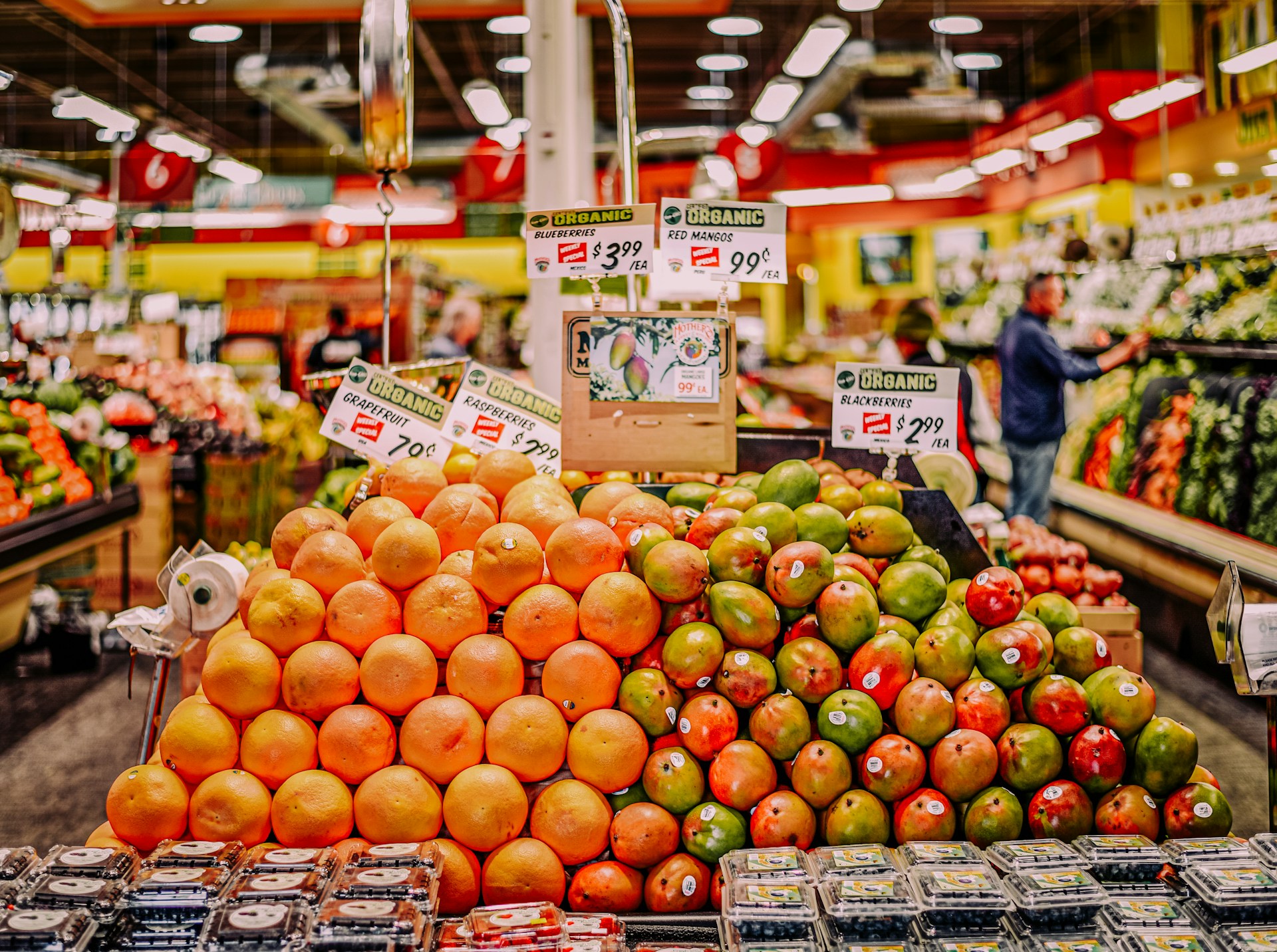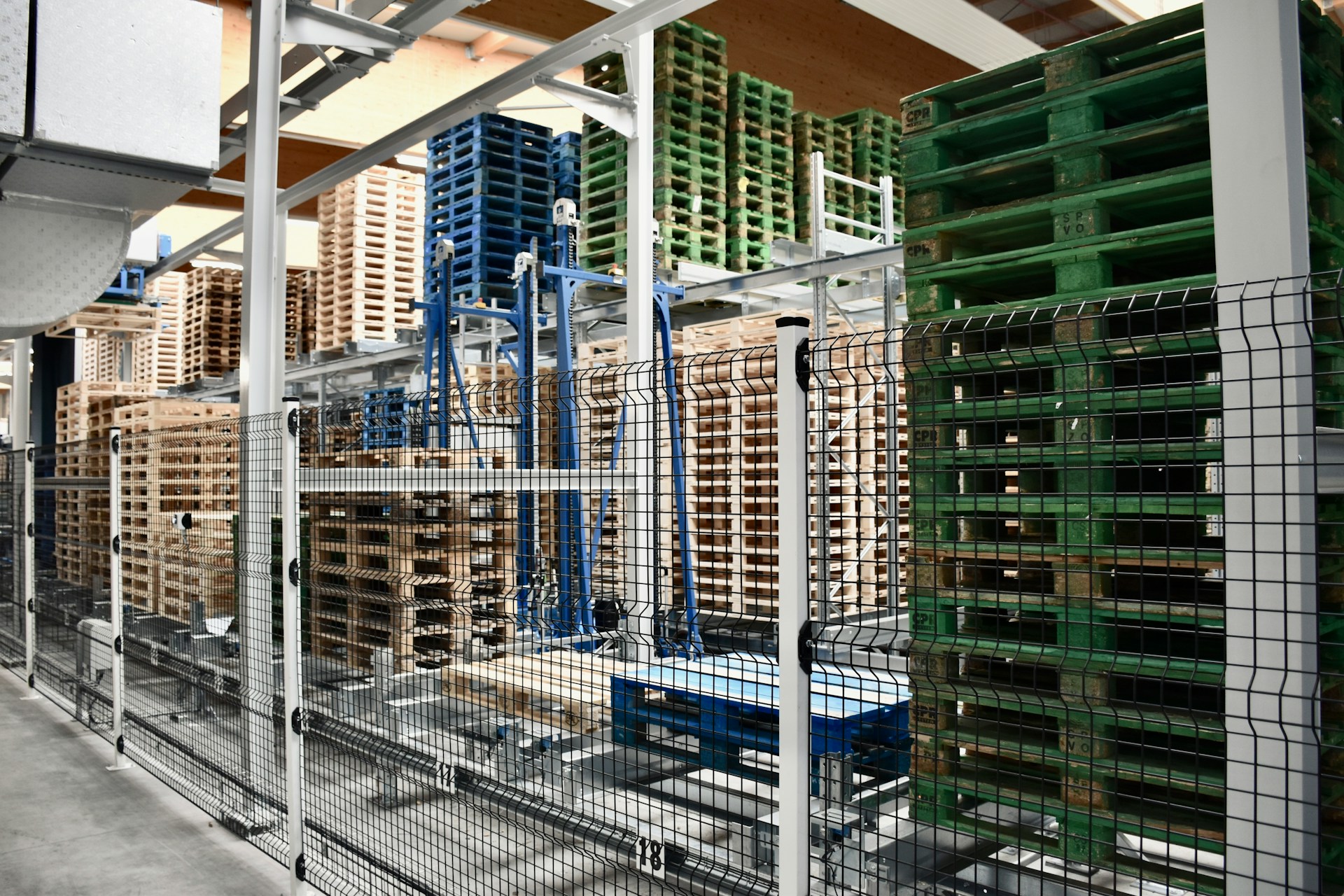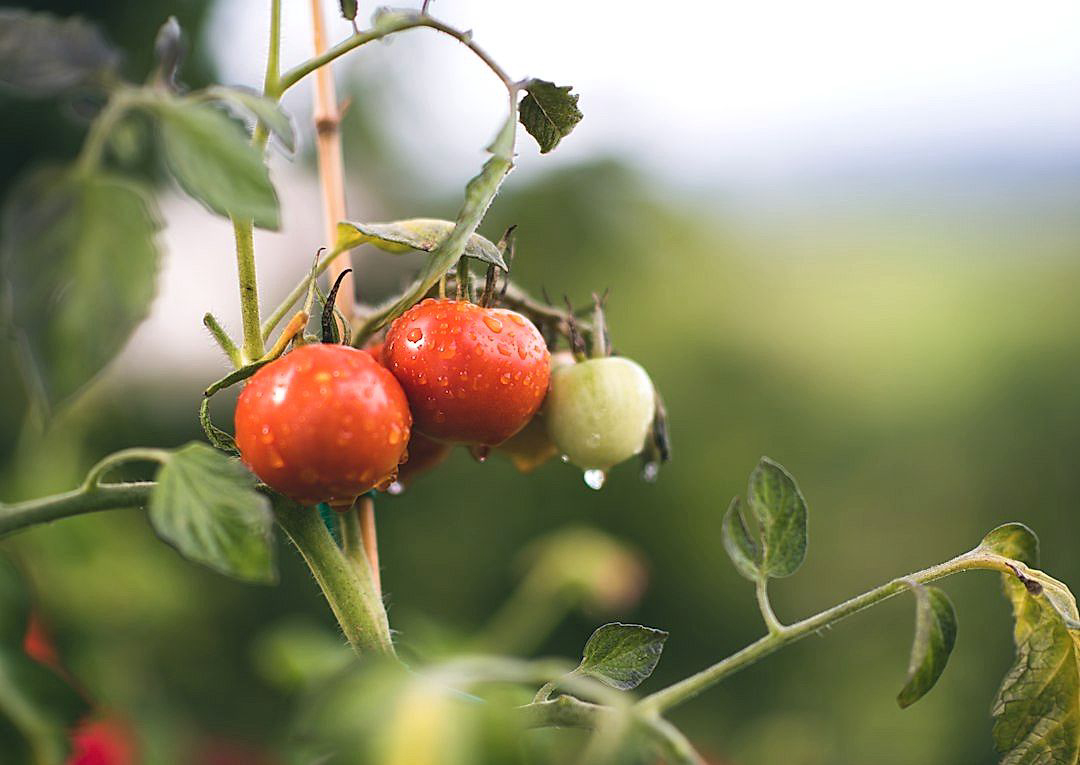Packing agricultural produce is a crucial step that significantly influences the overall quality, market-readiness, and shelf-life of the products.
Successful packing strategies don’t just happen by chance but are a result of careful analysis of various vital factors.
This article will delve into what these critical elements are and how they come together to determine packing quality.
We will explore scientific, technical, and practical aspects of the process.
This information is intending to educate and guide our readers involved in agricultural practices, shipping, retail, or interested to learn more about sustainable consumption.
Prepare to be enlightened on the numerous factors that come into play to ensure that the fruits and vegetables we consume arrive in the best possible conditions.
Contents
Factors That Determine Produce Packing Quality
1. Freshness of the Produce at Packing Time
When it comes to the factors that determine the quality of packed produce, one of the most important is the freshness of the produce at the time of packing.
As is well known in the field, the level of freshness can largely influence the overall quality of the final product.
There is a direct correlation between the freshness of produce when it is packed and how long it will last, taste, and maintain its nutritive properties.
The longer the time that elapses between harvesting and packing, the more the quality of the produce decreases.
This degradation happens because of natural processes such as respiration, transpiration and ethylene production which, although they continue even after harvesting, are accelerated by factors such as time, heat, and improper handling.
Ensuring that produce is packed as soon as possible after harvesting can therefore significantly help to maintain the nutritional value, taste, texture, color, and overall appeal of the product.
Packing produce when it is at its freshest also ensures that it does not have the opportunity to dehydrate.
This dehydration can lead to weight loss, shrinkage, wilting, off-flavor development, and an overall reduction in quality.
To ensure maximum freshness, it is also vital to handle the produce correctly during the harvest and post-harvest processes.
Any damage to the produce, such as bruises, cuts or punctures, can accelerate the deterioration process and drastically reduce its overall quality.
Proper handling involves treating the produce gently, avoiding high temperatures, and preventing damages from rodents, pests, or other animals.
Another key factor in maintaining freshness is the use of correct harvesting techniques.
These techniques vary depending on the type of produce.
However, they generally involve harvesting at the correct ripeness stage, in the coolness of the early morning or late evening, and taking care to avoid any mechanical damage.
In conclusion, the freshness of the produce at packing time is of utmost importance in maintaining the overall quality of the packaged product.
Ensuring that the produce is harvested and packed in a timely manner and using the correct techniques can significantly improve the quality of the final product and increase its shelf-life.
This, in turn, can lead to higher levels of consumer satisfaction, increased sales, and improved reputation for the producer or retailer.
2. Adequacy of Quality Control Checks
The adequacy of quality control checks in the packing process is vital in determining the overall quality of the produce.
These checks serve as the first line of defense against substandard produce reaching the market, therefore a robust quality control system is crucial.
Everything from the size, color, and texture of the produce, to even checking for surface blemishes and cuts, are all part of a comprehensive quality control check.
The effectiveness of these checks hinges on the grading protocols in place, which should be based on established industry standards.
When the grading protocols are adequate, it ensure that only high-quality produce, which ticks all the boxes, is packed.
To further enhance the effectiveness of quality control checks, there should be a system in place to address any issues identified during these checks.
This includes the power to halt the packing process if needed, to rectify any deficiencies identified during the quality checks
It is also important that all workers involved in the packing process are adequately trained to carry out the necessary quality control checks.
Additionally, they must understand the importance of these control checks and their role in maintaining produce quality.
Audits of the quality control system should be carried out regularly to ensure the system is functioning optimally.
These audits help to identify any areas that might need improvement, thereby enhancing the overall effectiveness of quality control checks.
Consider having an external party conduct these audits to provide a balanced and unbiased evaluation of the system.
Apart from physical checks on the produce, lab tests can be carried out to check for the presence of contaminants like pesticide residues.
These lab tests provide a more in-depth look into the produce quality, beyond what the naked eye can see.
In essence, the adequacy of quality control checks can greatly impact the overall packing quality of produce, and thus, these checks should not be overlooked.
3. Correct Use of Packing Materials
The correct use of packing materials plays a fundamental role in maintaining the quality of produce.
This is not solely a matter of containing the product but also protects against damage, extends shelf life and affects the perceived value of the product in the eyes of the customers.
In the world of produce, various types of materials are used, including cardboard, plastic, and wood, each chosen based on the specific requirements of the product being packed.
The choice of material depends on factors such as the nature of the produce, the length of transportation and storage time, and legal requirements.
The correct use also entails using the right amount.
An excessive quantity of packing can lead to unnecessary costs and environmental damage, whereas a lack of packaging could leave the produce exposed to damage during transportation or lead to a shorter shelf life.
It’s also important to consider the type of padding or cushioning used within the packaging.
Materials like styrofoam nuggets, shredded paper or corrugated inserts can provide additional protection for the produce and minimise the impact of accidental bumps or drops during transportation.
Furthermore, the use of packing materials should be done in accordance with local regulations and standards.
Many locales have rules regarding the use of certain materials, recyclability, and disposal of packaging to ensure ecological sustainability, and failing to comply with these can result in fines or other penalties.
Yet, simultaneously, the packaging needs to be customer friendly and easy to open without damaging the produce inside.
Therefore, the correct use of packing materials requires a careful balance between protecting the produce, meeting legal requirements, environmental consciousness, and customer convenience.
Indeed, in the modern marketplace, the packaging can be as much a selling point as the product itself.
The right choice and use of packing material is, therefore, central to maintaining quality, ensuring customer satisfaction, and securing repeat business.
4. Compliance with Health and Safety Standards
Ensuring compliance with health and safety standards is paramount to guarantee quality in produce packing.
In the food industry, these regulations are largely put in place by federal agencies such as the Food and Drug Administration (FDA) and the United States Department of Agriculture (USDA).
Health standards encompass rules that relate to cleanliness, storage, marketing, and the processing of food.
On the other hand, safety standards contain guidelines on employee practices, equipment maintenance, and the overall working environment.
From the cleanliness of the facilities to the handling and storage of the produce, each criterion must be met to secure the safety and quality of the products.
For instance, regular cleaning and disinfection of packing equipment minimize the risk of food-borne diseases which can compromise produce quality.
It is also necessary to ensure that packed produce is stored at the right temperatures to avoid spoilage, as stipulated by health regulations.
Produce should not be in contact with harmful substances during packaging, as this poses a risk to consumer safety.
Therefore, packaging materials that comply with FDA regulations are a must.
In addition, safety standards mandate that employees in packing facilities wear appropriate protective gear and maintain hygiene.
Proper training of employees on safety protocols is also key to avoiding accidents and mishandling of produce thus maintaining produce packing quality.
All these guidelines must be strictly adhered to, in order to enforce the health and safety standards in produce packing operations.
Regular audits and inspections by the relevant health bodies can guarantee that these standards are being upheld.
If found to be non-compliant, packing facilities may face heavy penalties or even closure, thus affecting the quality of packed produce.
Therefore, it is apparent that compliance with health and safety guidelines substantially influences the quality of packed produce.
As such, the role of compliance in determining produce packing quality cannot be understated.
5. Promptness of cooling after harvest
One crucial factor in determining the quality of packed produce is the promptness of cooling after harvest.
When fruits and vegetables are harvested, they continue to carry out a natural process known as respiration, which generates heat and causes the produce to deteriorate.
Swift cooling after harvest, known as post-harvest cooling or pre-cooling, slows down this process, therefore preserving the quality and extending the shelf life of the produce.
Depending on the type of produce, pre-cooling can take place in several ways such as hydro-cooling, room cooling, forced-air cooling, vacuum cooling, or package icing.
The method used largely depends on the nature of the fruit or vegetable – its shape, size, and sensitivity to cooling.
For example, leafy greens like lettuce and spinach would benefit from hydro-cooling or vacuum cooling, whereas fruits like apples and oranges would be better off with forced-air cooling.
Fast and effective cooling are of paramount importance not just in maintaining the freshness of the produce, but also in reducing the risk of microbial growth, which could compromise the safety of the produce.
It is essential that the selected method is able to cool the produce quickly and uniformly, ensuring all parts of the produce reach the desired temperature at approximately the same time.
Too much variation in temperature could lead to uneven ripening or even damage in some sections of the produce.
As pre-cooling is very energy-demanding, measures need to be taken towards achieving energy-efficient operations.
Maximizing the cooling rate while minimizing energy use might involve optimizing the design and operation of cooling systems, as well as investing in energy-saving equipment and technology.
Staff training is also essential in ensuring that best practices are followed and that the produce is handled properly throughout the cooling process.
Monitoring, recording, and tracking the temperatures throughout the cooling process, or temperature profiling, helps to verify that the process has been carried out correctly.
Mistakes in the pre-cooling process are hard to rectify, and failure to adequately cool the produce in a timely manner could result in wasted produce and reduced profits.
Therefore, the timing, method, and efficiency of post-harvest cooling play a central role in determining the overall quality of packed produce.
It is a vital stage that requires careful planning, execution, monitoring, and continuous improvements to ensure the produce stays as fresh and as high-quality as possible from the field to the consumer’s table.
The Bottom Line
After careful evaluation of numerous key factors related to produce packaging, it is evident that maintaining freshness, implementing thorough quality control checks, utilizing proper packing materials, adhering to health and safety standards, and ensuring prompt cooling post-harvest are core components of a successful operation.
Failure to prioritize these aspects can severely affect quality, consumer satisfaction and overall company reputation.
Therefore, it is essential for any company wishing to excel in this industry to diligently adhere to these guidelines across all stages of their production process.




